Appetizers
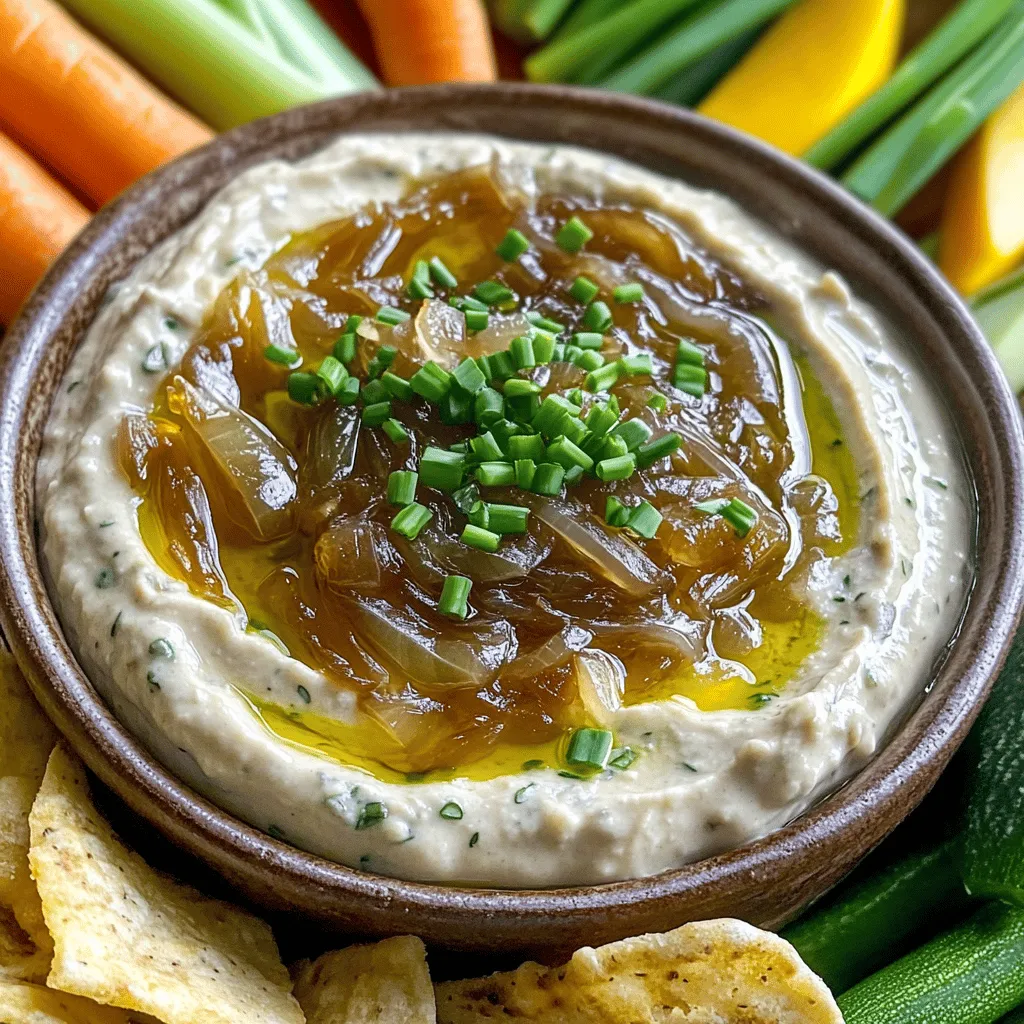
Caramelized Onion Dip Rich and Flavorful Delight
Are you ready to elevate your snack game? My Caramelized Onion Dip is rich, creamy, and bursting with flavor. This dip transforms humble onions into
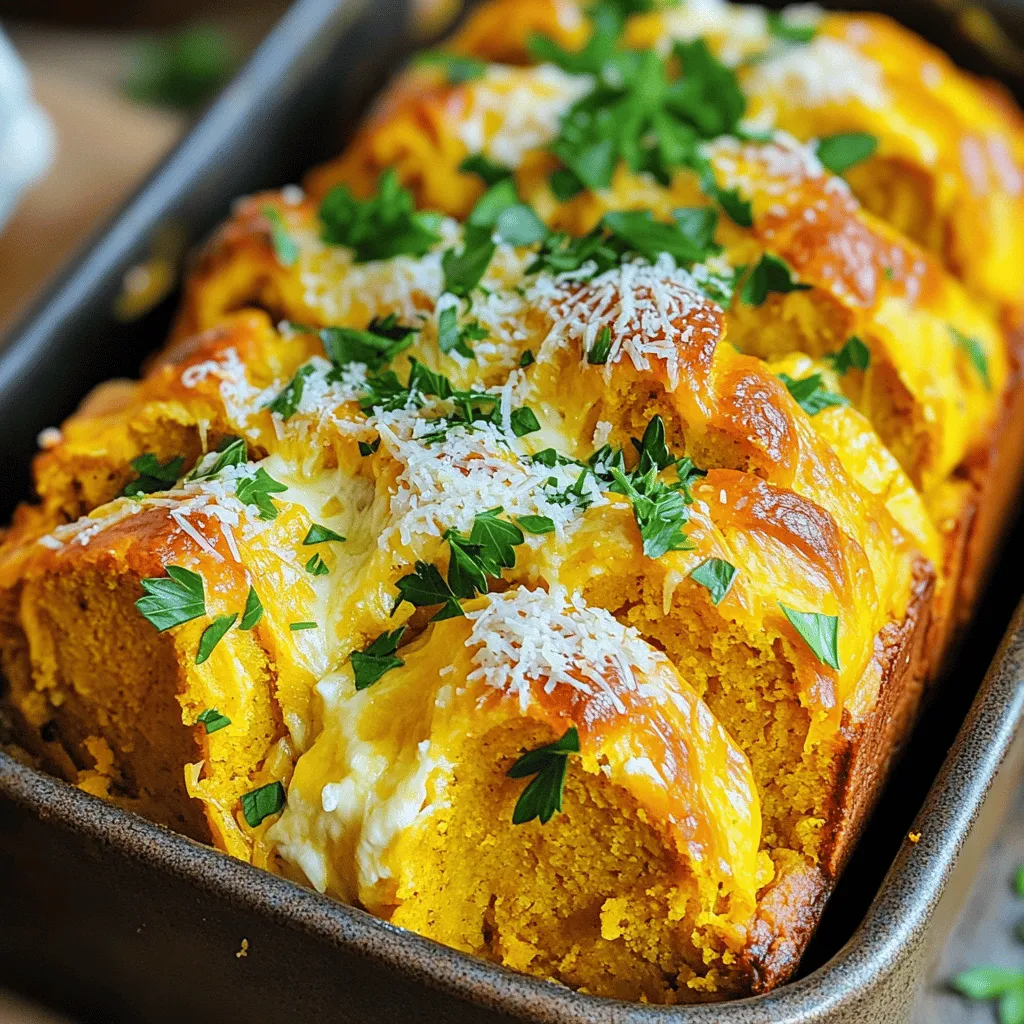
Cheesy Pull-Apart Pumpkin Bread Irresistible Treat
Are you ready to impress your friends with an irresistible treat? This Cheesy Pull-Apart Pumpkin Bread combines warm pumpkin flavor with gooey cheese for a
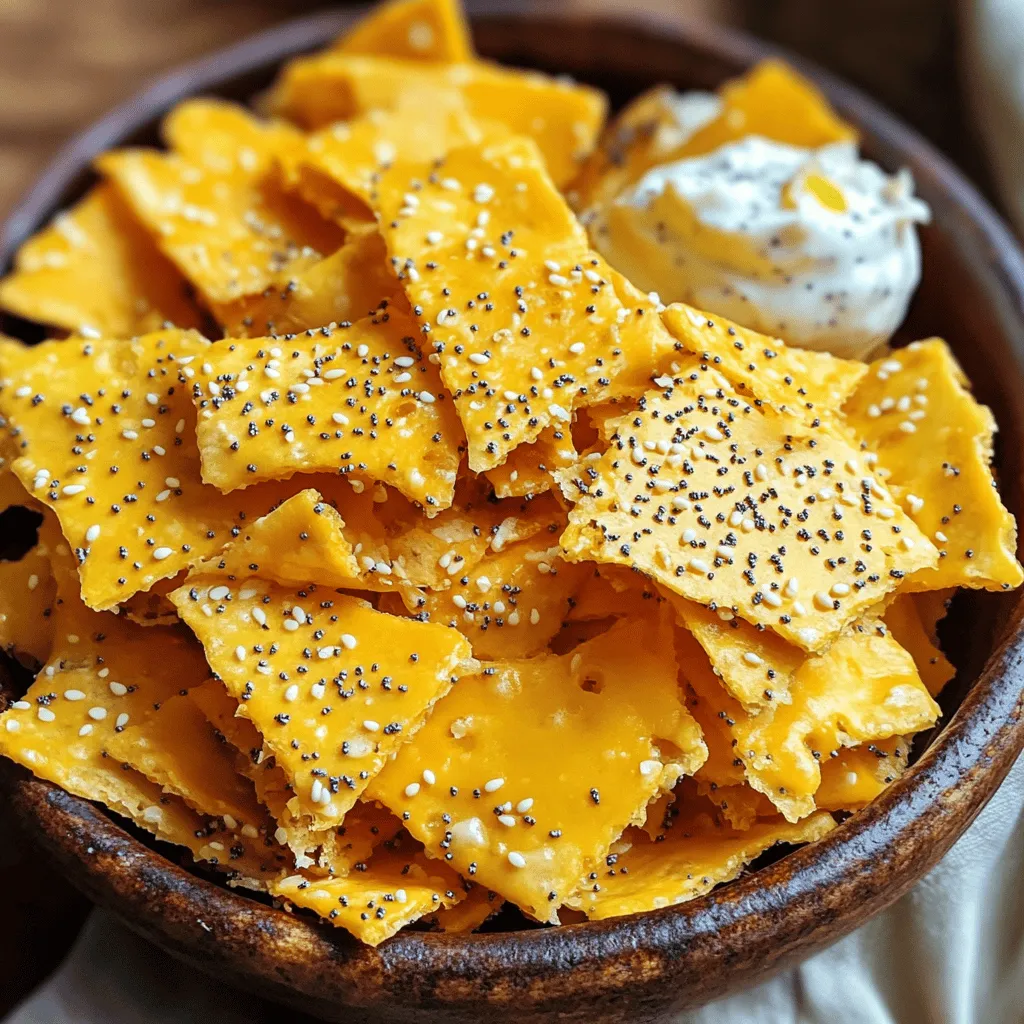
Keto Everything Bagel Cheese Chips Crunchy Delight
Craving a crunchy snack that fits perfectly into your keto diet? Look no further than my Keto Everything Bagel Cheese Chips! They are easy to
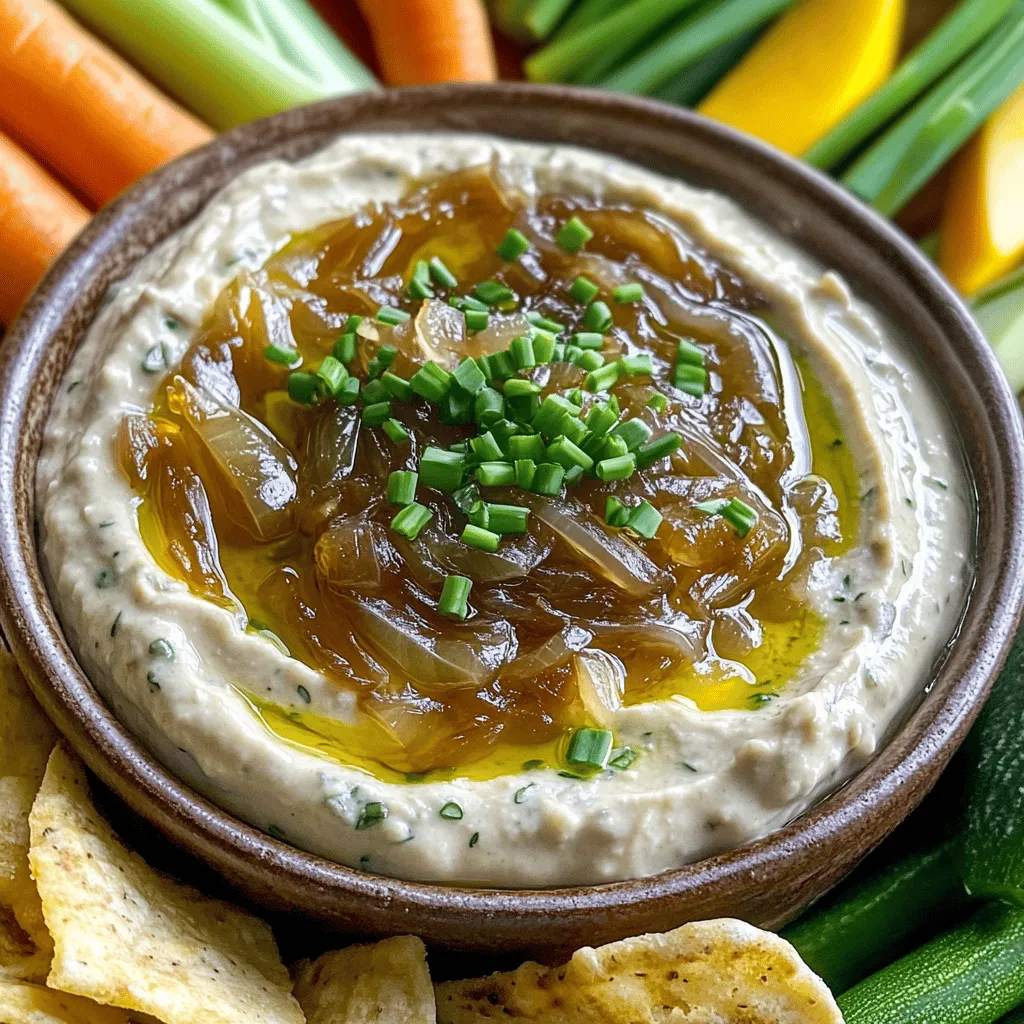
Caramelized Onion Dip Savory and Rich Flavor Treat
Caramelized onion dip is a game-changer for your snack table! With its savory and rich flavor, it’s sure to impress family and friends. You can
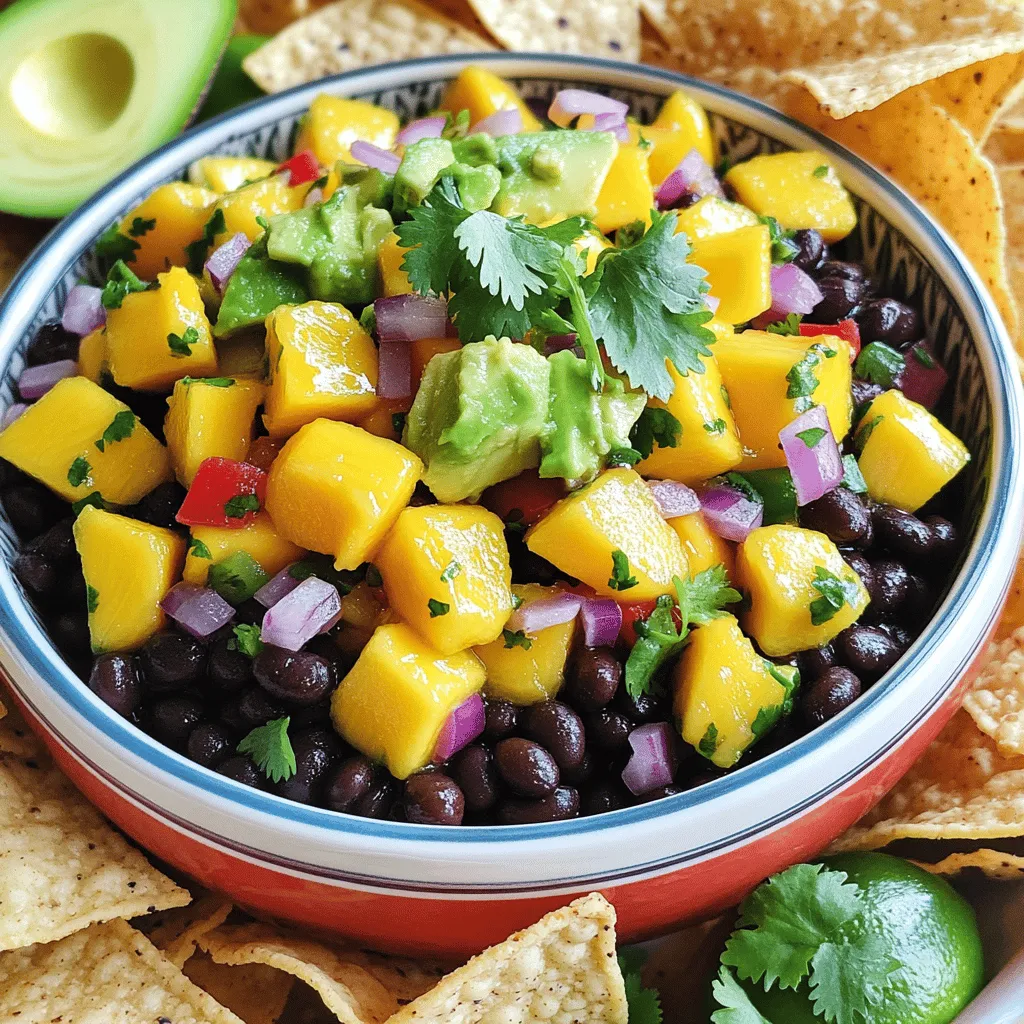
Mango Avocado Black Bean Salsa Flavorful and Fresh
Mango Avocado Black Bean Salsa is a burst of flavor that’s easy to make. With ripe mango, creamy avocado, and hearty black beans, this dish
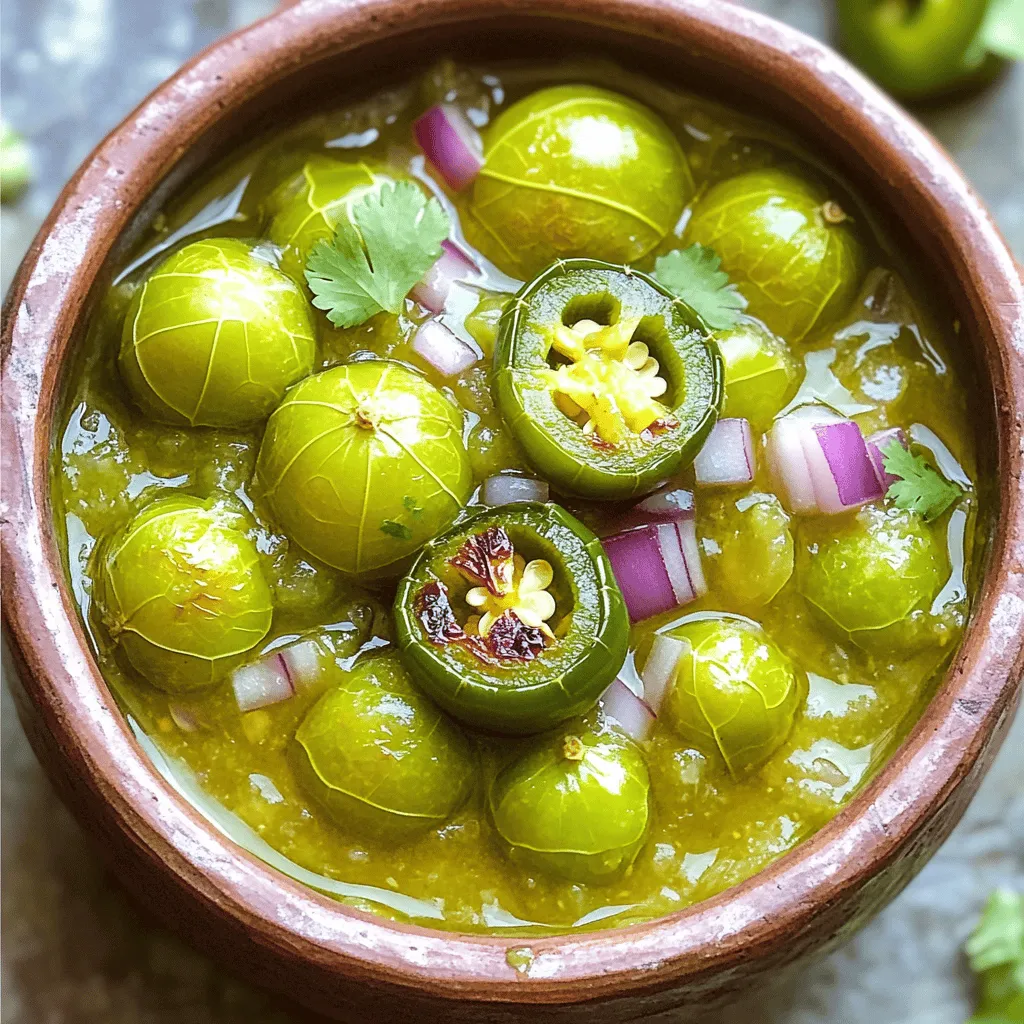
Easy Roasted Tomatillo Salsa Flavorful and Simple Dip
Looking for a tasty dip that’s easy to make? This Easy Roasted Tomatillo Salsa will wow your taste buds! Packed with flavor and simple to
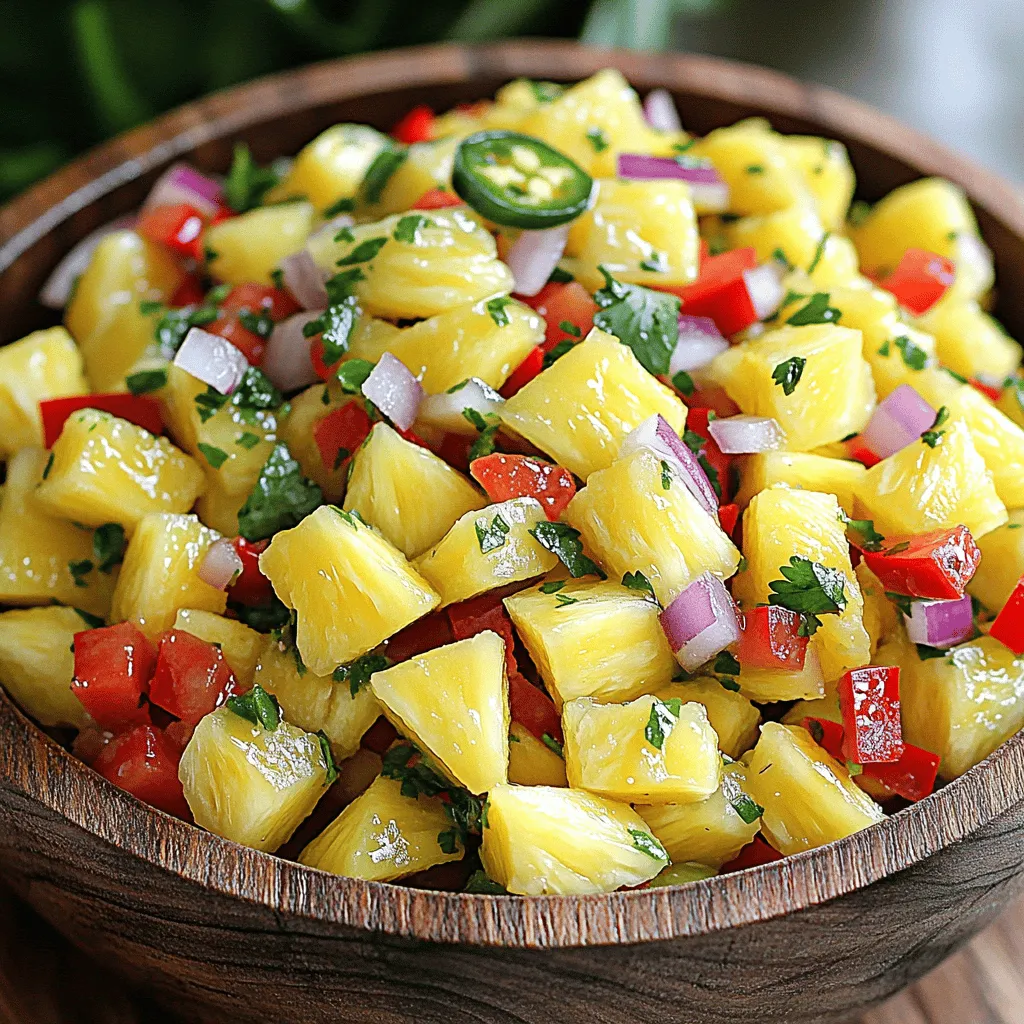
Easy Pineapple Salsa Fresh and Full of Flavor
Are you ready to brighten up your meals? My Easy Pineapple Salsa is fresh and packed with flavor! This salsa is simple to make and
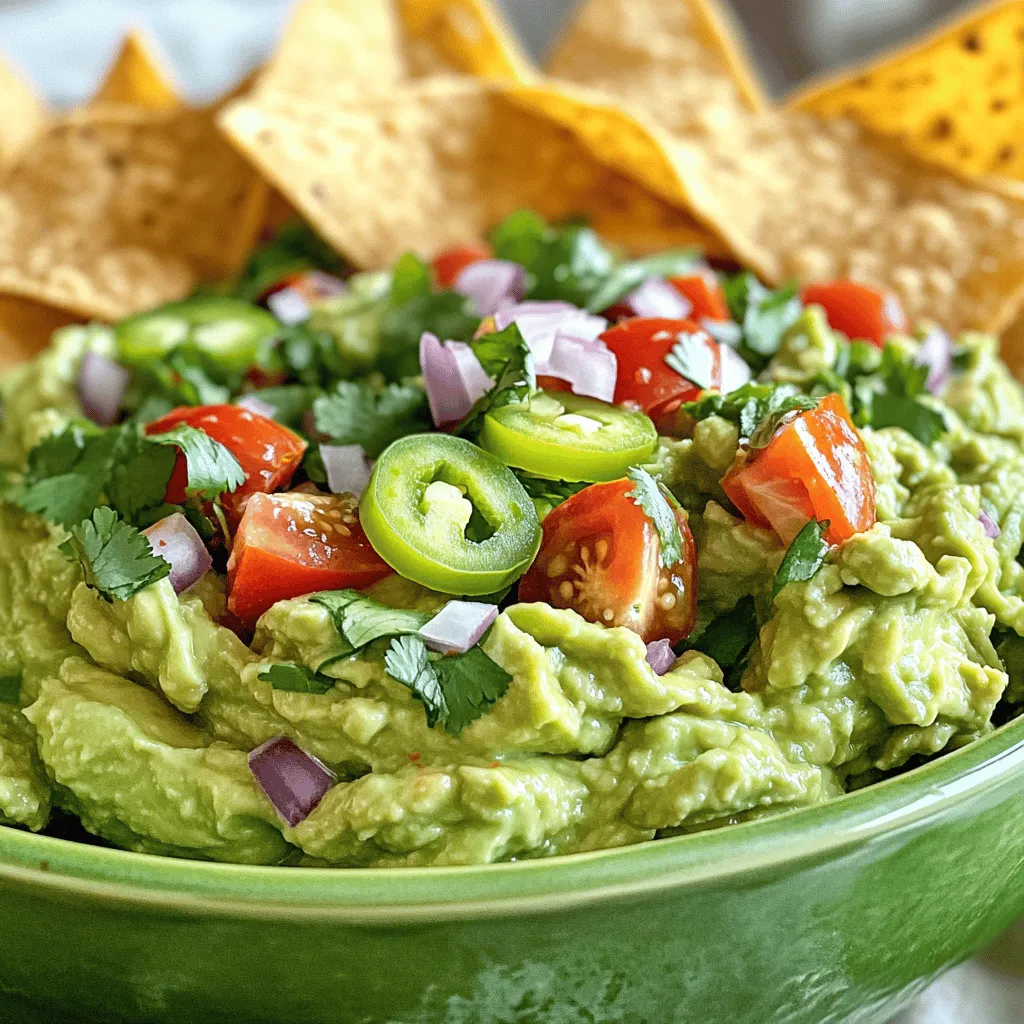
The BEST Guacamole Flavorful and Fresh Recipe Guide
Are you ready to elevate your snack game? In this guide, I’ll share my top tips for making the BEST guacamole that bursts with flavor
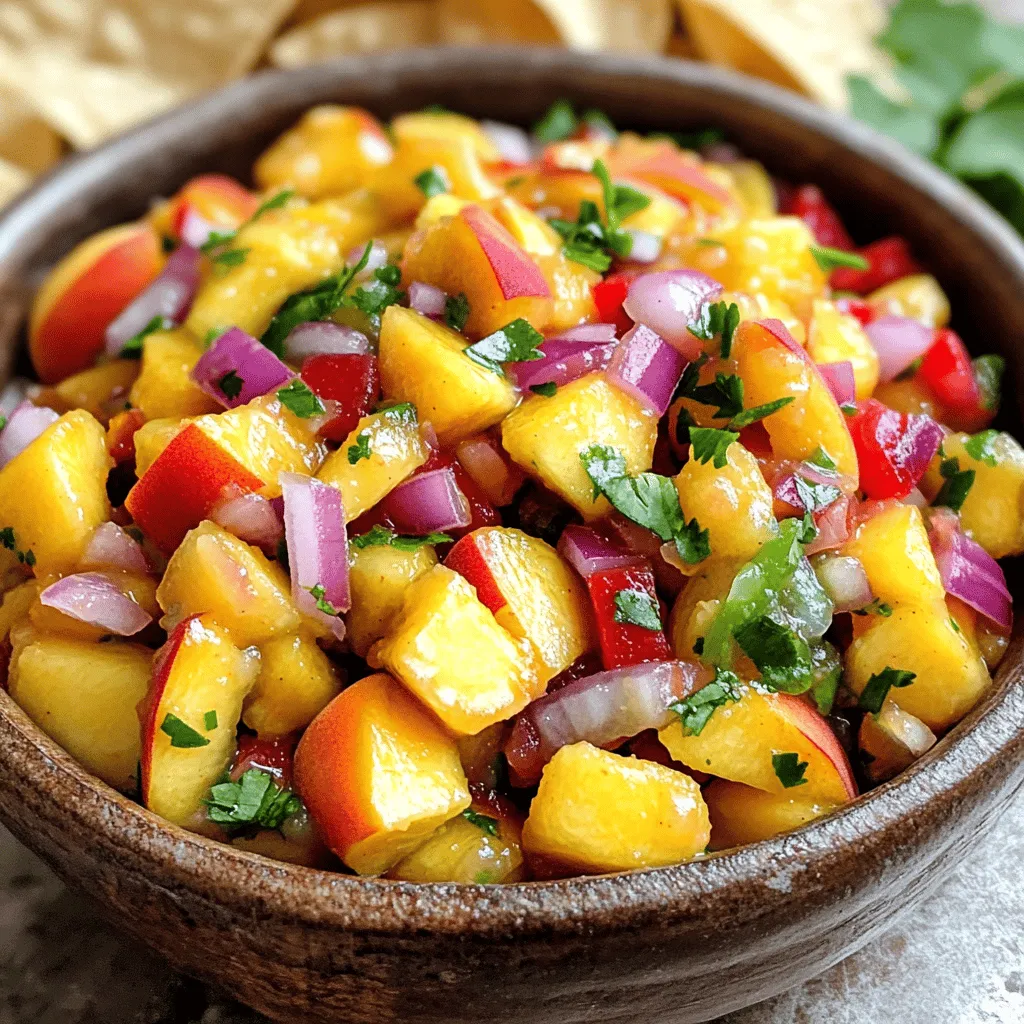
Easy Recipe for Canning Sweet and Spicy Peach Salsa
Are you ready to add a burst of flavor to your pantry? I’m excited to share my easy recipe for canning sweet and spicy peach
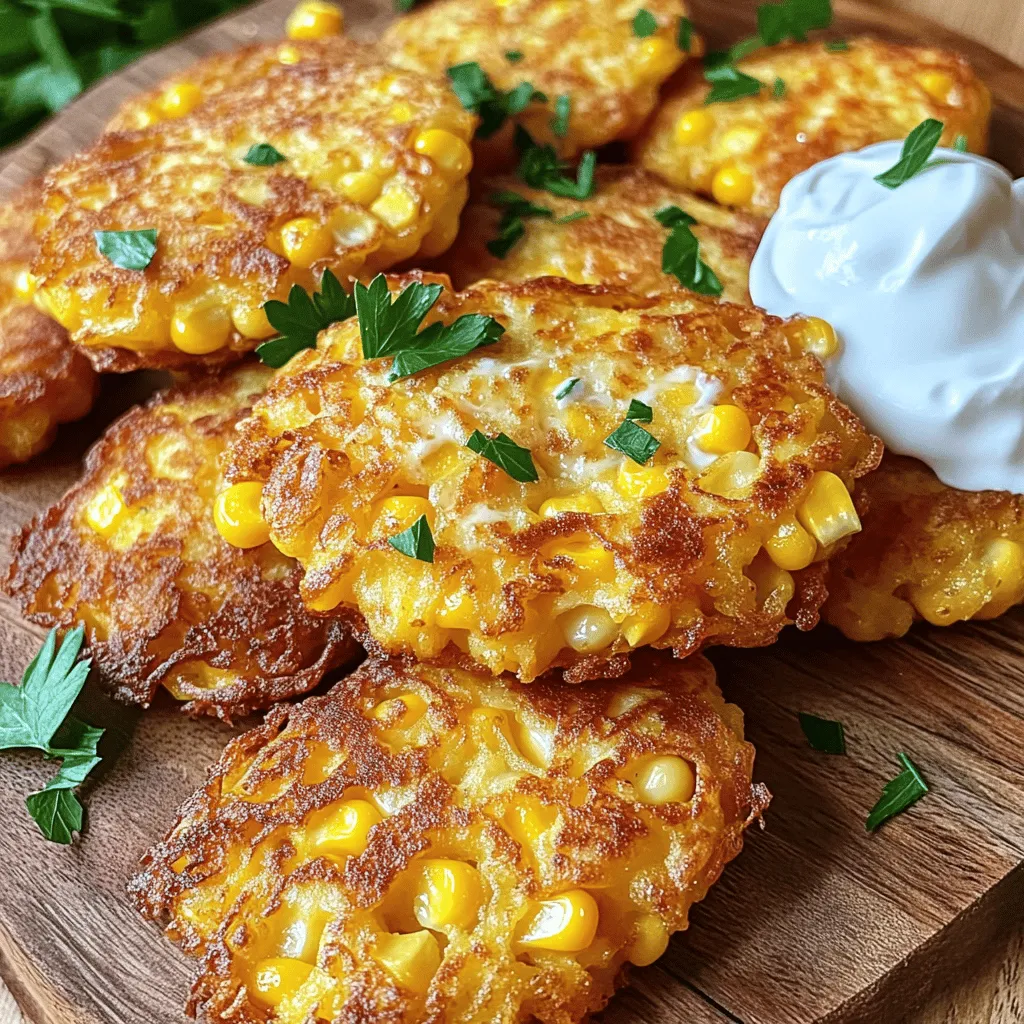
Delicious Cheesy Corn Fritters Recipe for All
Are you ready to make the most delicious cheesy corn fritters? This recipe is easy and fun! It’s perfect for any meal or snack. With